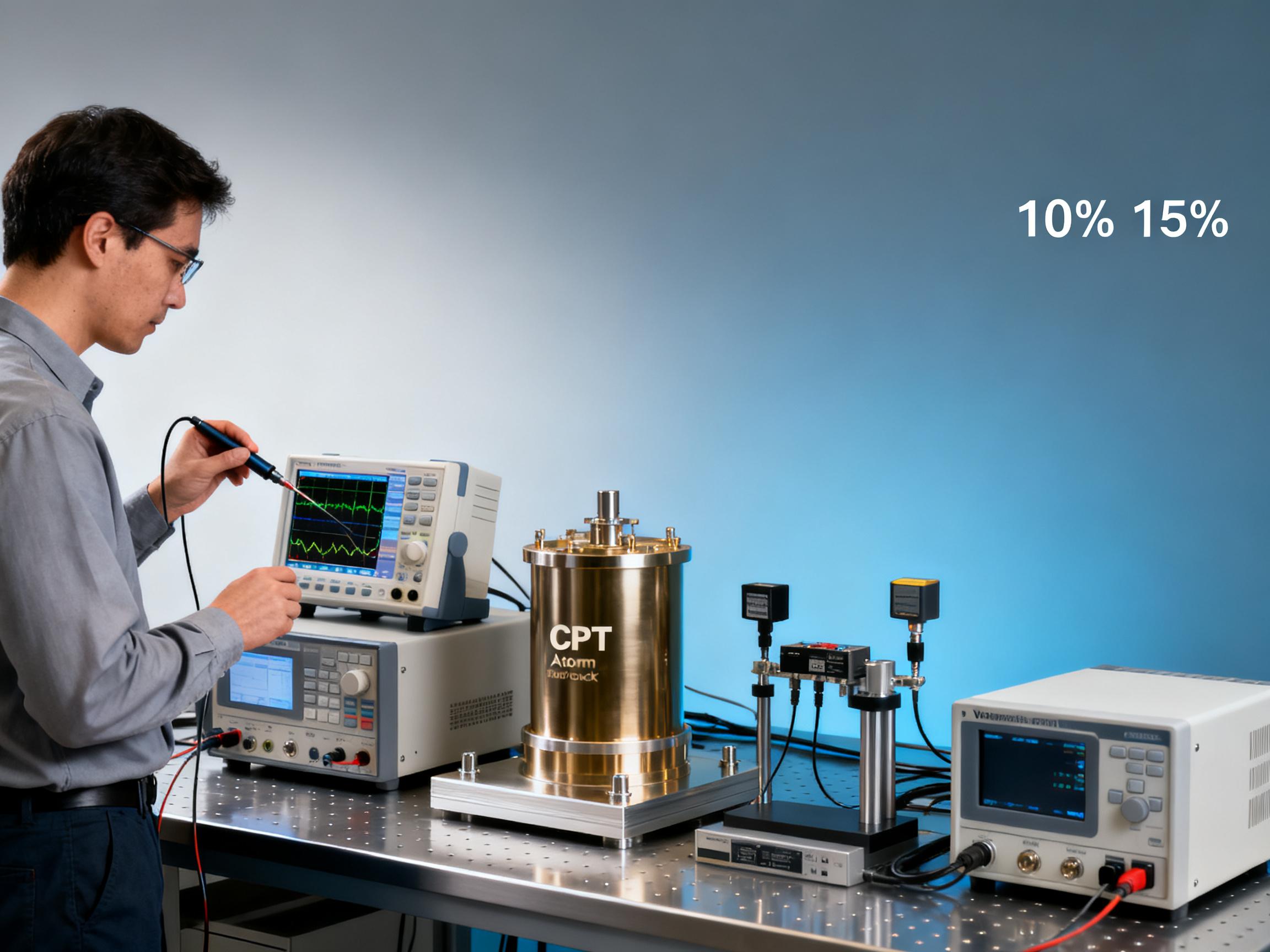RELATED
![How CPT Atomic Clocks Reduce OPEX in 5G Base Stations [Real Data] How CPT Atomic Clocks Reduce OPEX in 5G Base Stations [Real Data]](https://usimg.bjyyb.net/grey.png?x-oss-process=image/resize,m_fixed,w_800,h_600,limit_0) How CPT Atomic Clocks Reduce OPEX in 5G Base Stations [Real Data]2025-12-11
How CPT Atomic Clocks Reduce OPEX in 5G Base Stations [Real Data]2025-12-11 2024 CPT Atomic Clock vs Rubidium: Which Offers Better Stability for Telecom Networks?2025-12-08
2024 CPT Atomic Clock vs Rubidium: Which Offers Better Stability for Telecom Networks?2025-12-08 Live Demo Results: CPT Atomic Clock Performance Under Harsh Environmental Tests (Data Inside)2025-12-05
Live Demo Results: CPT Atomic Clock Performance Under Harsh Environmental Tests (Data Inside)2025-12-05 Budgeting for Precision: Total Cost of Ownership for a Rubidium Atomic Clock Over 5 Years2025-12-03
Budgeting for Precision: Total Cost of Ownership for a Rubidium Atomic Clock Over 5 Years2025-12-03
MESSAGE
Hydrogen atomic clock is a kind of atomic clock. With its unique principle and excellent performance, it occupies an important position in the field of high-precision time and frequency measurement.
1.Basic Principle
The basic principle of hydrogen atomic clock is based on the specific energy level transition of hydrogen atoms. The nucleus (proton) of hydrogen atoms has spin properties, and electrons also have spin. When the spin directions of electrons and protons are parallel and anti-parallel, there is a slight difference in the energy state of hydrogen atoms. The transition between these two states corresponds to a specific frequency. In the hydrogen atomic clock, the hydrogen atom state is first selected and injected into a storage bubble made of special materials, which is placed in a microwave resonant cavity. When the transition frequency of the hydrogen atom matches the frequency of the resonant cavity, resonance occurs, thereby generating a very stable frequency signal, which serves as the time reference of the hydrogen atomic clock.
2.Structural composition:
Atomic system:
Including hydrogen atom beam source, state selector, storage bubble and resonant cavity. The hydrogen atom beam source generates a hydrogen atom beam, the state selector selects hydrogen atoms in a specific state, the storage bubble is used to store hydrogen atoms, and the resonant cavity provides an environment that matches the transition frequency of hydrogen atoms.
Microwave System:
Generates and controls microwave signals to stimulate the energy level transition of hydrogen atoms and detects resonance signals.
Electronic System:
Processes and amplifies the signals generated by the microwave system, and adjusts the microwave frequency through monitoring and feedback of the resonance signal to keep it consistent with the transition frequency of hydrogen atoms, thereby maintaining a stable time frequency output.
Performance Characteristics:
Ultra-high short-term stability:
The frequency stability of the hydrogen atomic clock is extremely high in a short period of time (such as seconds to hours), which makes it perform well in some applications that require short-term time accuracy, such as interferometry in radio astronomy, quantum physics experiments, etc.
Small Long-Term Frequency Drift:
Although different types of atomic clocks have their own characteristics in long-term stability, the long-term frequency drift of the hydrogen atomic clock is relatively small. After proper calibration and maintenance, it can maintain high accuracy for a long time, providing reliable support for systems that require a long-term stable time reference.
Size And Power Consumption:
Compared with some other types of atomic clocks (such as cesium atomic clocks), hydrogen atomic clocks are larger in size and have relatively higher power consumption. This limits their application in some portable devices with strict requirements on size and power consumption to a certain extent, but in fixed facilities or occasions with extremely high precision requirements, their performance advantages are enough to make up for this shortcoming.
Application Areas:
Scientific Research:
In radio astronomy, precise time synchronization is required between multiple radio telescopes for interferometric measurement to obtain high-resolution images of celestial bodies. The high-precision time standard of hydrogen atomic clocks can meet this demand and help astronomers observe and study celestial bodies in the universe more accurately. In quantum physics experiments, such as quantum entanglement and quantum communication, accurate time measurement is crucial to the success of the experiment, and hydrogen atomic clocks provide reliable time guarantee for these experiments.
Satellite Communications And Navigation:
In satellite communication systems, hydrogen atomic clocks are used to provide precise time standards to ensure accurate communications between satellites and between satellites and ground stations. In satellite navigation systems, although rubidium and cesium atomic clocks are currently widely used, the high precision of hydrogen atomic clocks can further improve the accuracy of navigation positioning, especially in some application scenarios with extremely high precision requirements, such as aerospace, ocean mapping, etc.
Metrology And Calibration:
As a high-precision time and frequency standard, hydrogen atomic clocks are widely used in the field of metrology and calibration, used to calibrate other atomic clocks, frequency standards, and various instruments and equipment that require precise time and frequency measurement, to ensure the accuracy and consistency of time and frequency measurement.
CONTACT US
Please use the form below to get in touch.
If you need a reply we will get in touch as soon as possible.

![How CPT Atomic Clocks Reduce OPEX in 5G Base Stations [Real Data] How CPT Atomic Clocks Reduce OPEX in 5G Base Stations [Real Data]](https://usimg.bjyyb.net/sites/91500/91958/1765179857856560163985903616.jpeg)



